Well, have you got yours yet? It is that time of year to buy a Christmas tree and get it set up and decorated. Now is the moment that Christmas trees get ready to jostle with each other to show off their height and shape, as families up and down the land begin to choose the tree that suits their festive style. Christmas trees just want to party… so give them house-room and dress them to the rafters for max effect.
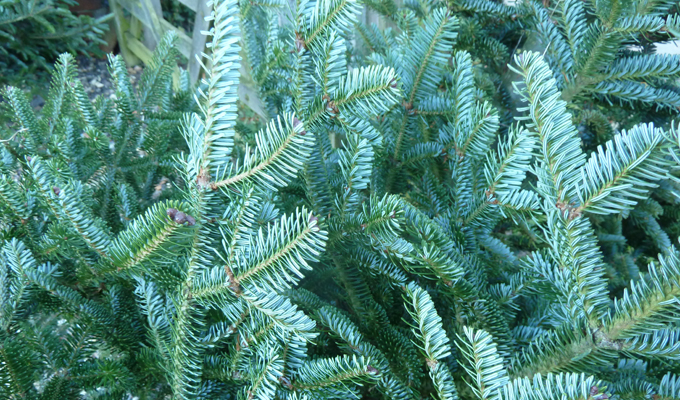
I like the foliage of Fraser fir better than other Christmas conifers.
Recently I went to Blackthorpe Barn where you can buy a potted Christmas tree or a cut tree for your festivities.
There is something wonderfully seductive and festive about going to choose your tree. The aroma from firs is fresh and clean, and on a clear, crisp winter’s day, just makes you feel that all you ever wished for will be under the tree. If you are not going to decorate your cut tree immediately, then keep it outside in the cool until you are ready to bring it indoors. If you have bought a cut tree, it’s worth purchasing a tree stand with a reservoir for water. You will need to saw off the base, effectively re-cutting it, so that it can draw up water from the reservoir. Keep the reservoir topped up with water – this will be a thirsty stem. If you treat it as you would the foliage in a vase of flowers, it will last well while it is partying with you.
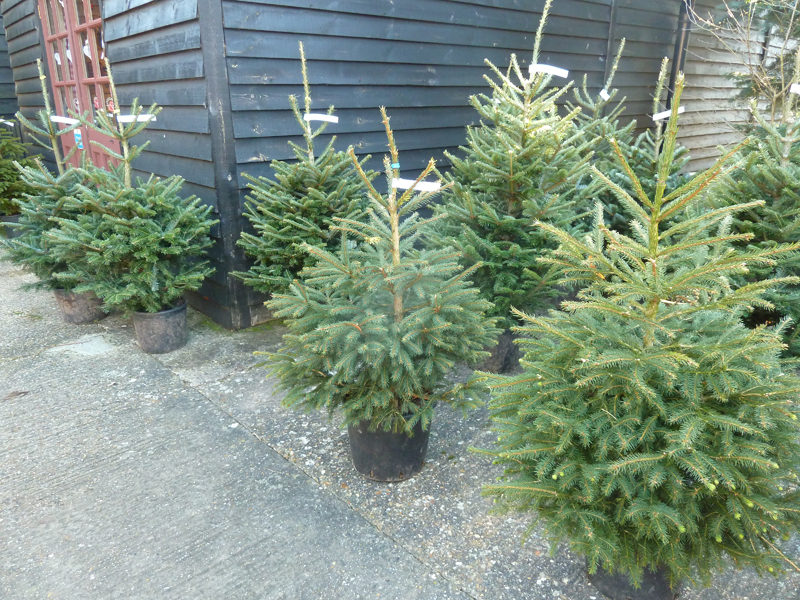
Potted Nordman firs waiting to be chosen.
Most cut trees will shed needles, but Nordman and Fraser hold their needles well if they have a regular supply of water while indoors. Norway spruce will shed more quickly, but they are usually less expensive, so you pay and take your choice. I personally would buy a Fraser fir as the colour of the needles is so attractive and the branches are sturdy, and easier to decorate. The needles will not drop so quickly from any tree if you keep it away from radiators and fires.
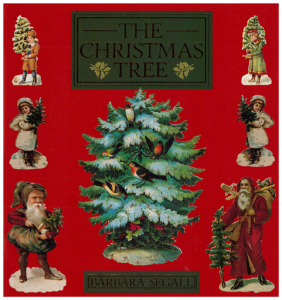 If you want the perfect present under the tree let me know! I have a few copies of The Christmas Tree available. The book takes a look at every aspect of the tree and how it came into our homes for the festive season.
If you want the perfect present under the tree let me know! I have a few copies of The Christmas Tree available. The book takes a look at every aspect of the tree and how it came into our homes for the festive season.
OUTDOOR TREES
In modern Europe the tradition of outdoor trees, public and private, is well-established. Public trees have been popular on both sides of the Atlantic since the end of the nineteenth century and most large public trees in city centres and outside public buildings are ‘gift’ or sponsored trees.
Best known of these in the United Kingdom is the tree that stands sentinel in Trafalgar Square. Ever since 1947 the Christmas tree in Trafalgar Square has been the traditional gift from to the people of London from the people of Norway. It is officially given by Oslo, Norway’s capital city, in thanks for support Norway received from Britain during the Second World War. As you would expect the tree is usually a Norway spruce. Felled in November, it is likely to be around 60 years old and about 21 metres in height. It makes its journey to London by sea and road and is hoist in place by a specialist rigging team using an hydraulic crane. Finally it is adorned with vertical strings of white lights, adding up to an estimated 500 energy-efficient bulbs, which this year will be switched on at a lighting ceremony on 7 December. On Twelfth Night (6 January) the tree comes down, ready to be chipped and composted into mulch.
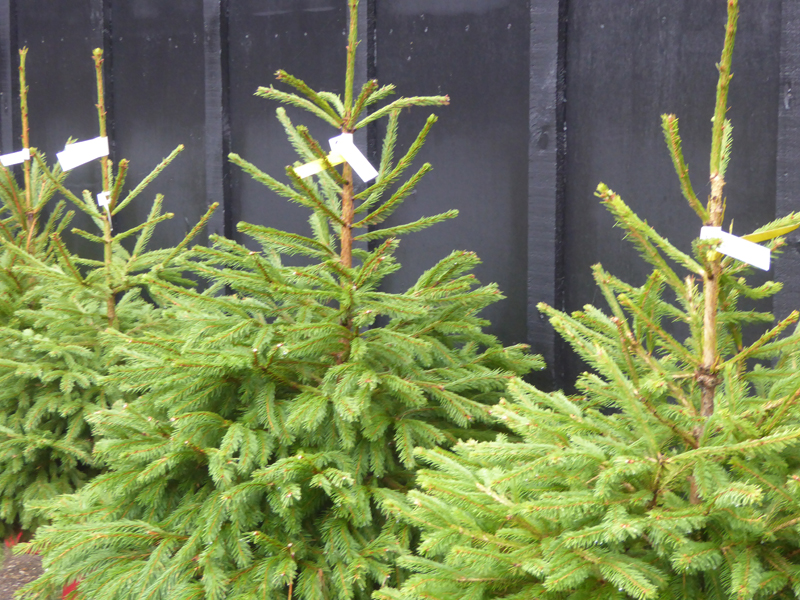
Norway spruce is the old faithful of Christmas trees.
Since 1982 the British Christmas Tree Growers Association has gifted a tree to grace the steps of 10 Downing Street. This year, Colin Griffith, from Dinmore Hill Trees at Festive Farm in Wellington, Hereford, winner of the BCTGA Champion Tree Award will present one of his 6 metres high champion trees to the official residence of the Prime Minister in the first week of December. The runner-up prize in the Champion Tree category was presented to Swansea grower Rob Morgan, of Gower Fresh Christmas Trees. He will be asked to provide the tree for the Pillared Room of Number 10.
Making it a double-victory for the county of Hereford, Champion Wreath category went to Brian Taylor of Allensmore Nurseries in Hereford. He will create a wreath to hang on the front door of Number 10.
SPOILT FOR CHOICE
There is an exciting range of trees available with a range of different needle density, shape and colours.

Nordmann firs have good needle-holding qualities.
Nordmann fir is likely to be the top seller, followed by the old faithful Norway spruce and then Fraser fir. Smaller, contained trees are the best choice for the indoor tree. What’s more a potted tree – some will be specially grown in containers, while others will be dug up and containerised – will survive indoors and can be planted outside once Twelfth Night is passed.
Nordmann firs have good needle-holding qualities, with strong and straight branches. Its flat needles have silvery undersides.
Fraser firs have a good shape and hold their needles well.
Silver-blue is the ‘new green’ in the festive tree world. Noble fir, with its even layers of branches that offer the home tree decorator extra scope, has dark blue-green needles, which twist upwards – and it holds them well.
Also in demand is the white or concolor fir with soft, silvery blue colour. It also has good needle-holding qualities and its shape makes it easy to load with tree trimmings.
Lodgepole and Scots pine are also worth considering, especially for their sharp pine-scented needles and good shape.
The most popular and traditional tree is the Norway spruce. It is the least expensive as it is widely available, but its main disadvantage is its poor needle-holding ability once in our super-heated homes.
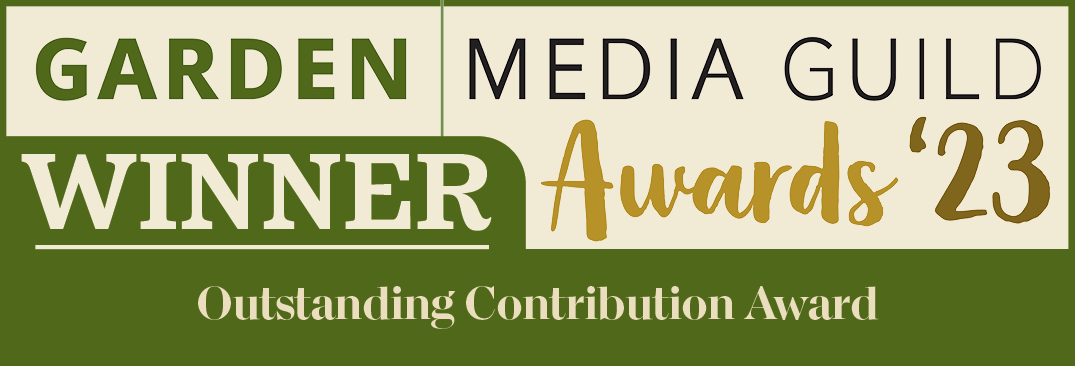

Leave a Reply